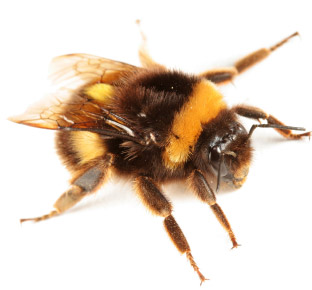
Overview
Specie most commonly encountered in Singapore is Xylocopa latipes or more commonly called tropical carpenter bee. It is shiny, fully black in colour with fuscous metallic blue-green or purple wings in sunlight.
These are true bees which leads a solitary lifestyle. They appear large and robust unlike the commonly sighted social bees which are smaller in appearance, with nests having large colonies. Carpenter bees construct nests by burrowing using their powerful mandibles, long deep tunnels into wood such as fallen trees and logs and man-made wooden structures such as rafters and poles. They do not consume the wood as food, but build tunnels to lay eggs in them. Eggs are laid singly with pollens in individual horizontal chambers, partitioned from each other by sealing using chewed wood. Pollens deposited in chambers serve as the only food source for developing larvae. Once fully developed, adults emerge and re-infest existing or other wood.
Rounded entrance holes, half-inch in diameter with presence of coarse sawdust often found on surface beneath the holes are tell-tale signs of carpenter bee infestation. Yellowish-brown stains caused by faecal matter can sometime be seen on wood beneath the entrance holes. Bees are sometimes seen hovering around nesting sites. When large numbers of bees are present, boring many tunnels in structural wood over successive years, serious damage may incur. Holes on exposed wood surfaces may lead to damage by wood-decaying fungi or attack by other insects such as carpenter ants.
Carpenter bee control is normally carried out by using selective residual insecticides sprayed on affected parts of the wood or use of poison dusts applied directly into the holes. The treatment has to be repeated every few weeks to kill both the adult bees as well as any offspring which may emerge later. Treated tunnels are then sealed to prevent them from being re-used.
Services
